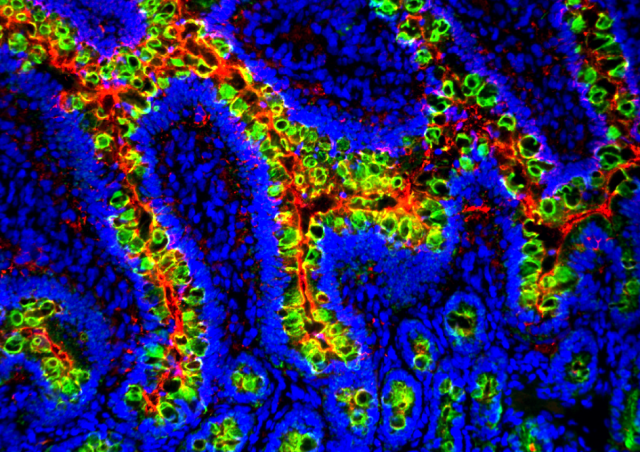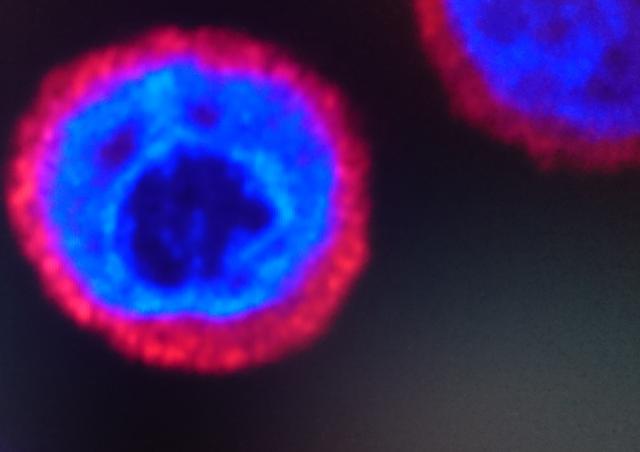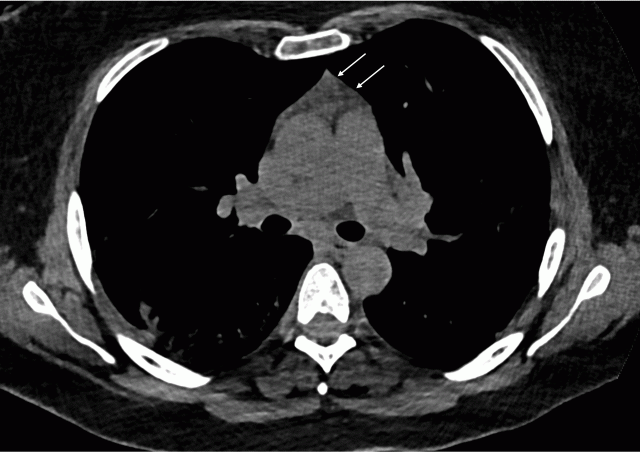
Despite the existence of a highly effective vaccine, Yellow Fever remains a major public health problem worldwide, with its recent resurgence in Africa and South America, combined with the acceleration of global warming, presenting a significant risk of spread to non-endemic areas in Southeast Asia and northern countries. The most effective yellow fever vaccine currently available is an attenuated strain of the virus (YF17D) empirically isolated in 1936 and used to vaccinate more than 600 million people since. However, the limited industrial capacity to produce vaccine stocks and our poor understanding of both the biology of the virus and the immunogenicity of the vaccine increase the risk of being insufficiently prepared for epidemic spread of infection.
The FLAVIMMUNITY project, involving an international consortium of experts both in France and Germany, has as its main objective to understand the immune mechanisms involved in the protection against Yellow Fever after vaccination, in order to propose new vaccine strategies easily applicable to the at-risk human population. To better understand the immunogenicity of YF17D, we analyze the establishment of the immune response at the vaccine injection site and in the draining lymph nodes. In addition, we are evaluating immune responses against different types of viruses (wild type and vaccine strains), in vivo, in a non-human primate model.














